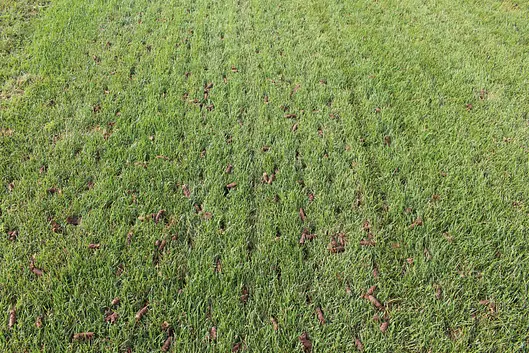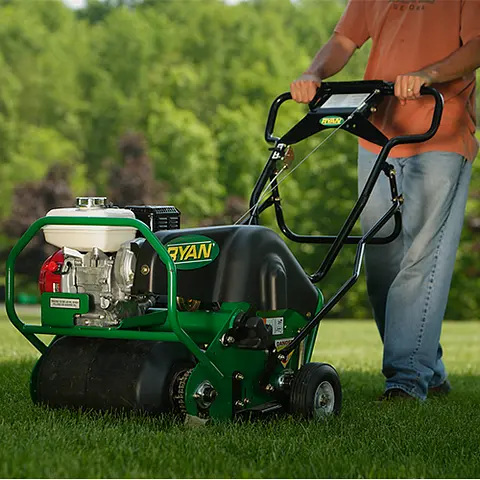5.0

Professional Mechanical Core Soil Aeration
Relieve compaction and restore root function. Our Certified Applicator oversees each aeration so timing, equipment and follow-up are tuned for results.



Soil Aeration = Balance
Relieve Compaction and Restore Soil Function
Increase Nutrient Efficiency and Root Strength
Enhance Soil Biology and Long-Term Performance
FAQs